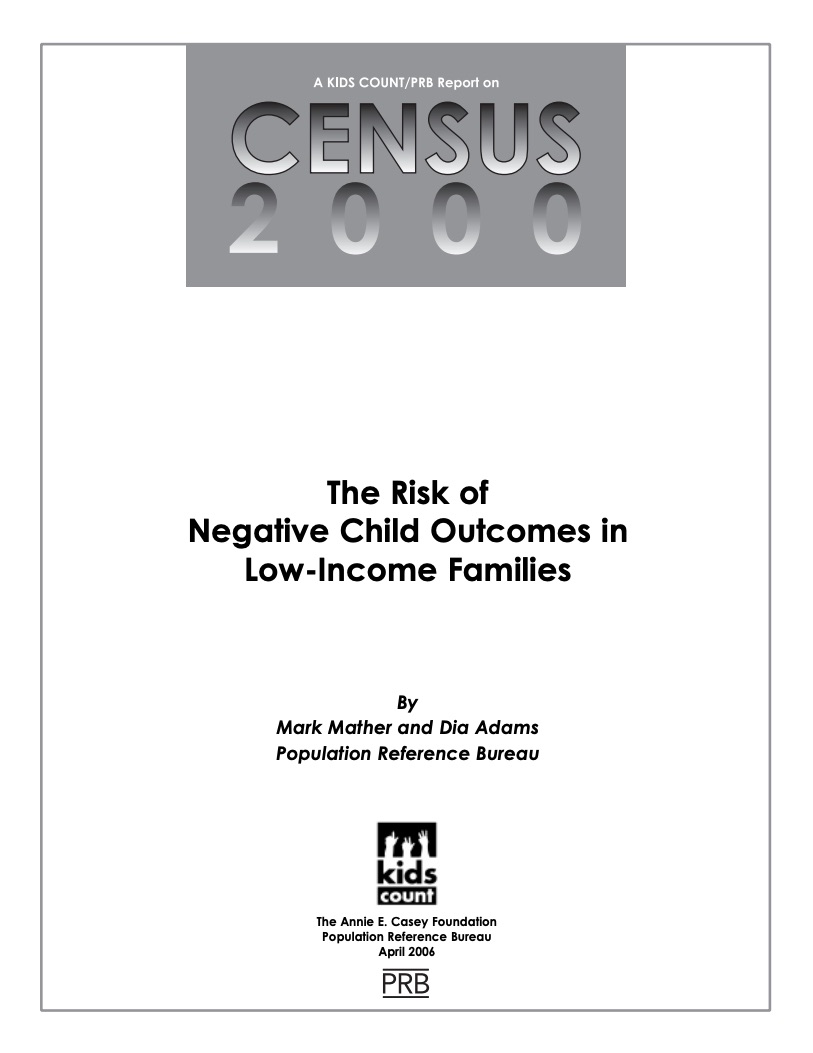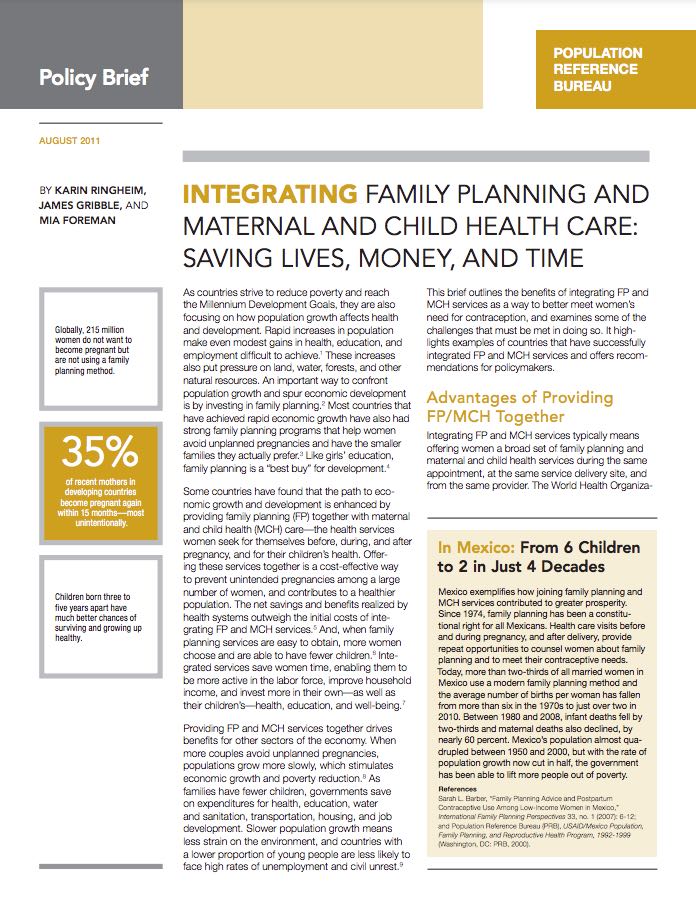638 Search Results Found For : "Best%20Essay%20Writing%20Service%20%F0%9F%8E%93www.WriteMyPaper.online%20%F0%9F%8E%93Write%20Essay%20Fast%20-%20Write%20Essay%20Cheap"
The State of Metropolitan America
(2010) The State of Metropolitan America, by the Brookings Institution's Metropolitan Policy Program, identifies five demographic trends and developments that dominated the first decade of the 2000s in the 100 largest metro areas of the United States.
Immigration Response in Suburban Washington, DC
(2009) With a lack of clear federal legislation on immigration, some municipal governments are enacting restrictionist policies to address the changing demographics of their communities.
The Fred H. Bixby Forum: The World in 2050
The Fred H. Bixby Forum: A Scientific Investigation of the Impact of Global Population Changes on a Divided Planet

Project: KIDS COUNT
Report. The Risk of Negative Child Outcomes in Low-Income Families
(2006) The child poverty rate has become one of the most widely used indicators of child well-being in the United States.
New Fertility Rates for Europe
(November 2007) Norway has one of the highest fertility rates in Europe, at 1.90 lifetime children per woman in 2006. Within Europe, only Iceland (2.07 children per woman) and France (1.98 children per woman) have higher rates.

Project: KIDS COUNT
The Risk of Negative Child Outcomes in Low-Income Families
(2006) The child poverty rate has become one of the most widely used indicators of child well-being in the United States.
Community Theater and Peer Education Help Tanzanians Discuss HIV and Gender-Based Violence
(2007) Cheza Chezeka is unfaithful to his partner, engages in unsafe sex, and acquires a sexually transmitted infection. Fikirini, on the other hand, learns how to communicate and resist sexual temptation and peer pressure. Tino Mashakani abuses his girlfriend and brags about his violent behavior to his friends until one of them steps forward with advice on how to stop the violence.

Project: IDEA: Informing Decisionmakers to Act
Integrating Family Planning and Maternal and Child Health Care: Saving Lives, Money, and Time
(2011) As countries strive to reduce poverty and reach the Millennium Development Goals, they are also focusing on how population growth affects health and development.
